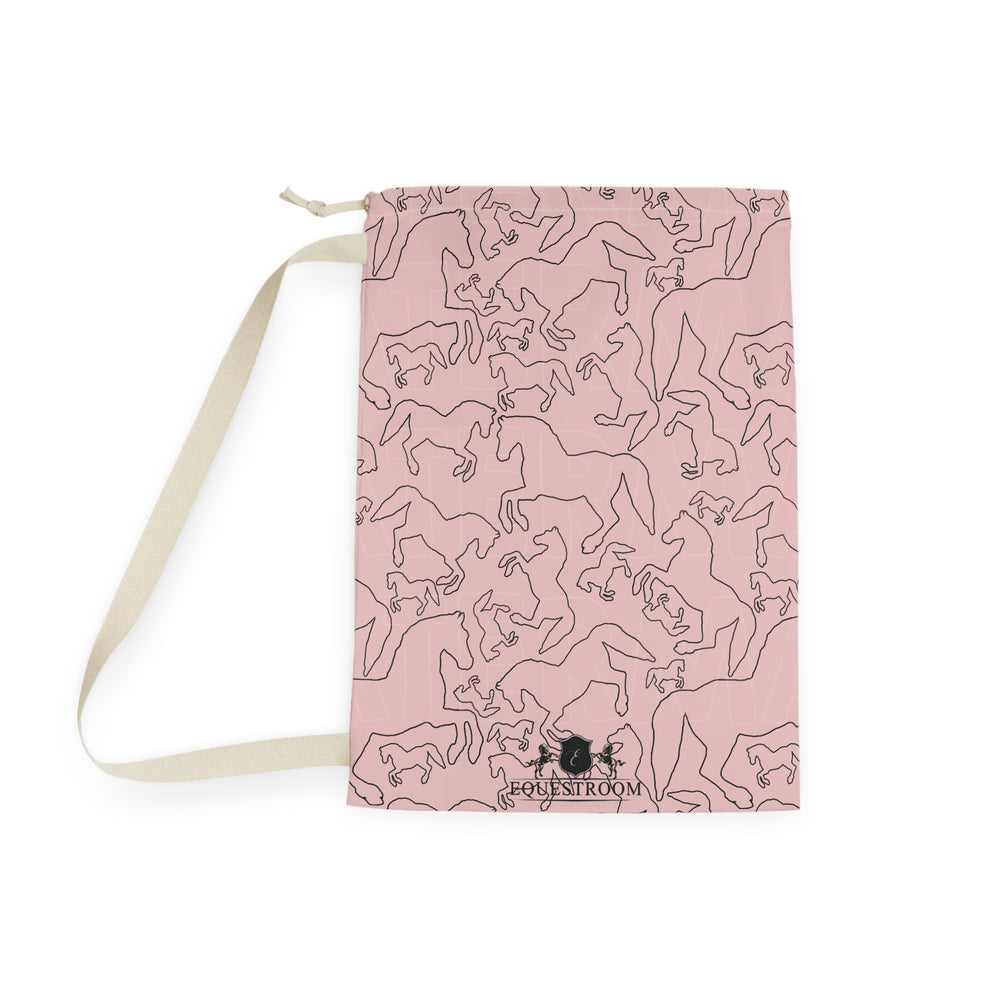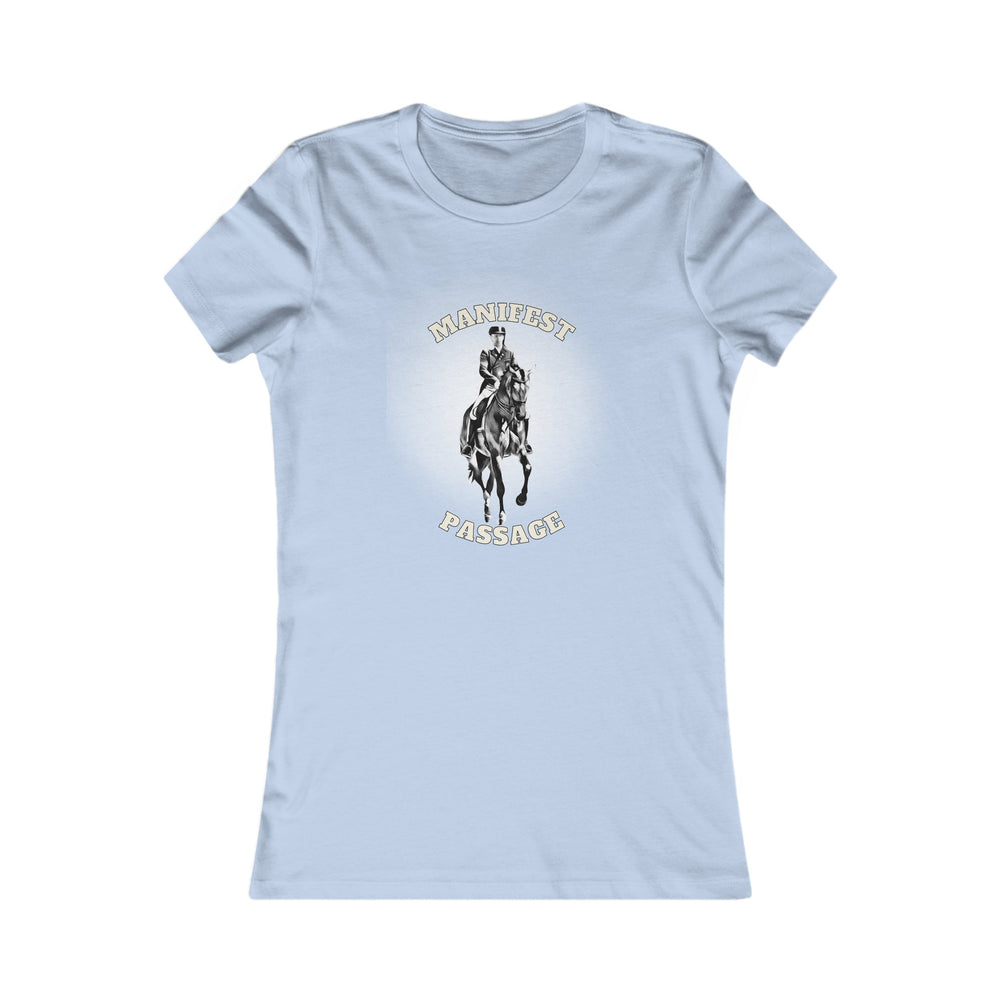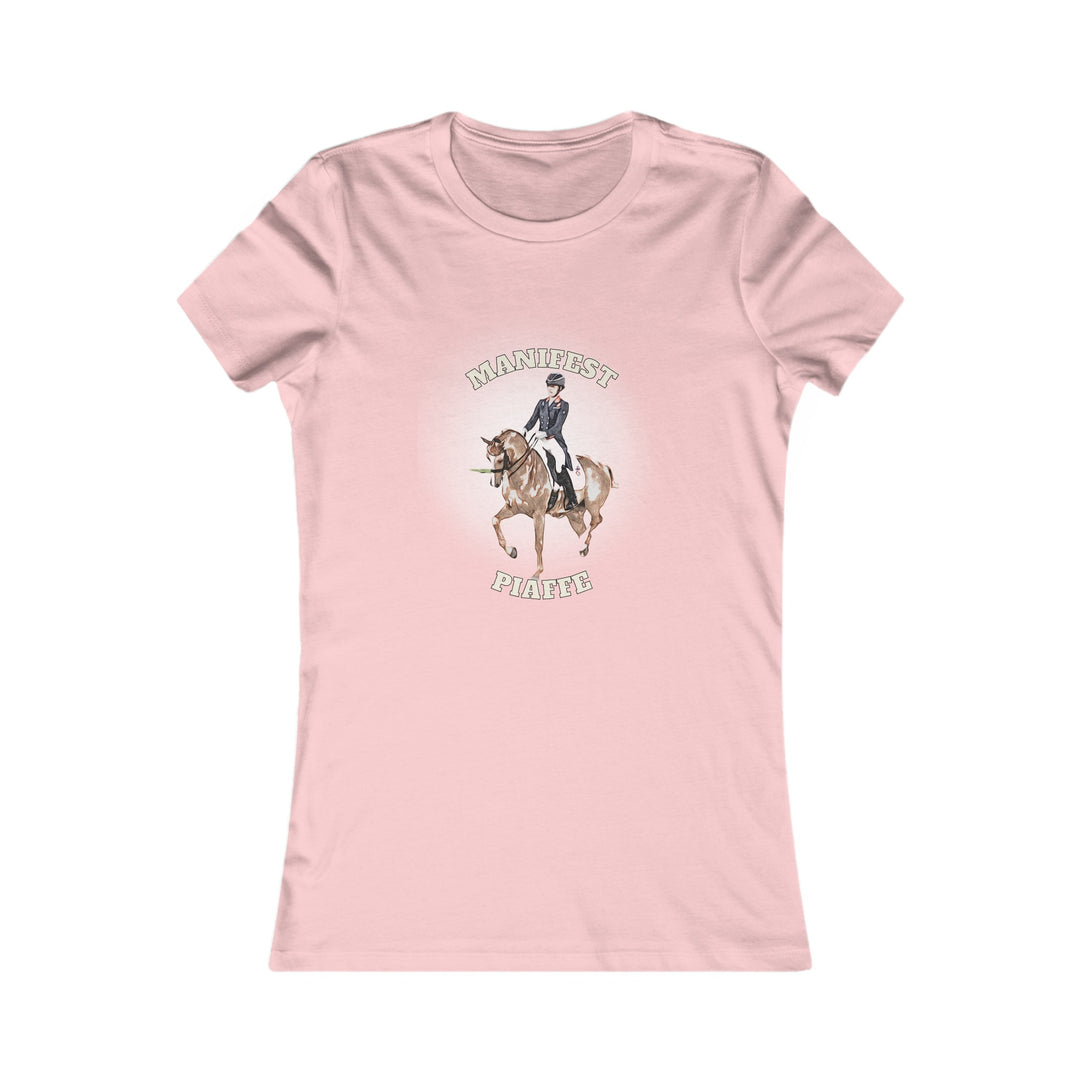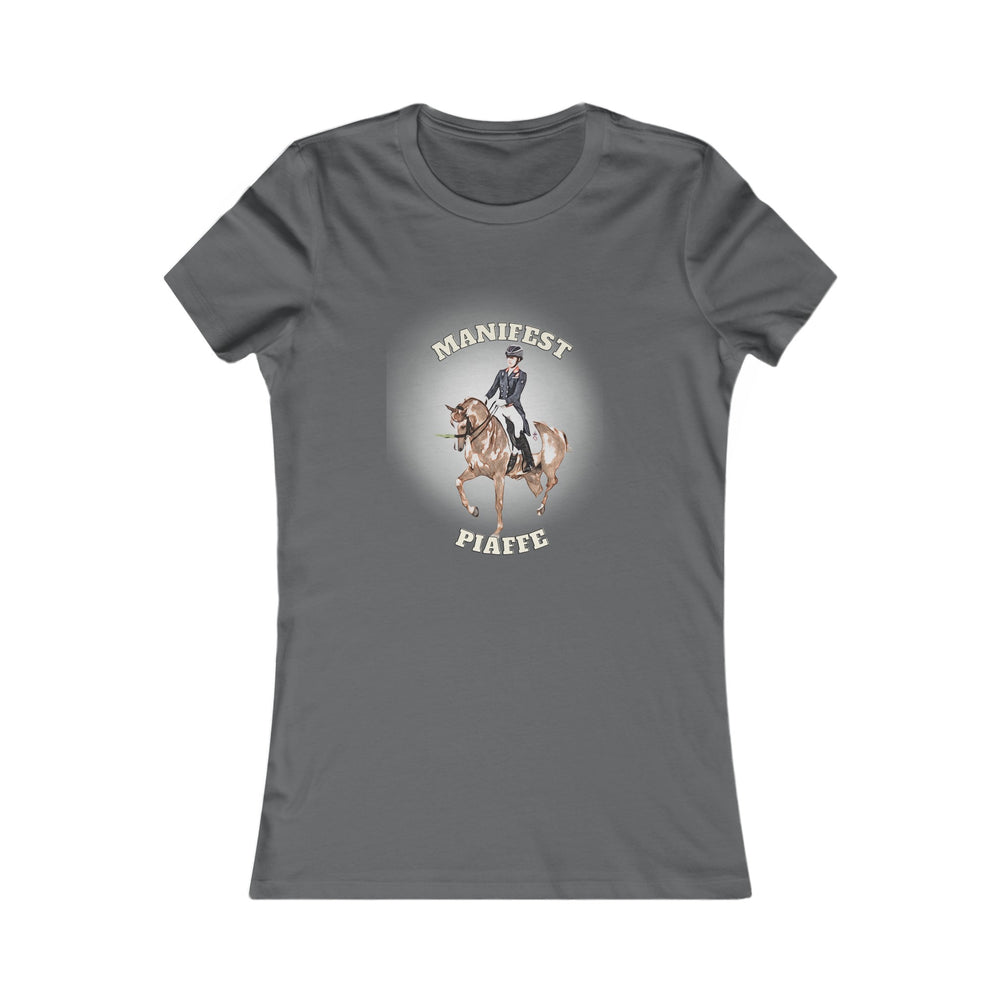Obstacles In Show Jumping
A Closer Look at Show Jumping Obstacles

Every equestrian experiences the adrenaline of jumping over an obstacle with their horse even if it is just jumping over a bench while out on a trail ride or jumping over cross bars along your training journey. But if you ever started getting driven to the thrilling world of show jumping with a slight fear in your heart, you must have noticed the various obstacle types that horses jump over often very easily. But why are there so many types of obstacles and why isn't every obstacle the same? Let's dive in and discuss the logic behind it!

The Art of Show Jumping
As one of the most thrilling equestrian sports, show jumping combines the finesse of horsemanship with the excitement of jumping over various obstacles. Riders and their equine partners showcase their agility, precision, and teamwork as they navigate a course filled with different types of jumps and challenges. It is a true test of a horse's athleticism and a rider's skill, demanding a strong bond between horse and rider. The primary objective is to complete a course of jumps in the correct order without knocking any of the obstacles down within a set time. Each jump cleared without fault earns the rider points, while faults, such as knocking down an obstacle or refusing a jump, lead to deductions.


Why Different Types of Obstacles?
Show jumping courses are designed to be both visually appealing and challenging. Different types of obstacles are strategically placed to test various aspects of a horse's jumping ability, including height, spread, and style. This diversity is essential for several reasons:
- Training and Skill Development: Varied obstacles provide opportunities for horses and riders to develop their skills. Some jumps may focus on precision and control, while others test a horse's scope and bravery.
- Spectacle and Entertainment: Show jumping is a spectator-friendly sport, and diverse jumps keep audiences engaged. The beauty and variety of the obstacles add excitement to the event.
- Fair Competition: Different obstacles level the playing field. They require riders and horses to adapt quickly to new challenges, ensuring that a variety of skills are tested.

The Jumping Gallery: Types of Obstacles
1. Verticals: Vertical jumps, often the first type encountered in show jumping, are single fences with poles or planks placed vertically. They primarily test a horse's ability to clear height with precision. These jumps may appear straightforward, but what makes them challenging is the demand for impeccable technique. Horses need to tuck their legs neatly, quickly, and high, clearing the jump without knocking it down. The smallest misjudgment can result in a fault, emphasizing the importance of rider control and precise timing.


2. Oxers: Oxers present a more complex challenge. They consist of two sets of standards and two poles, creating a wider, box-like shape. These jumps test not only a horse's ability to clear height but also their scope and boldness as they must clear both the height and the width simultaneously. The difficulty lies in finding the right take-off spot to negotiate the width, demanding precision and power in the jump. Riders must ensure their horses maintain a steady rhythm and don't chip in an extra stride, which can lead to faults.


3. Combination Jumps: Combination jumps, also known as double or triple combinations, feature a series of two or more jumps set close together. These closely spaced jumps test a rider's ability to maintain rhythm, balance, and control. Horses must quickly adjust their stride lengths to clear each jump in the combination while maintaining pace and balance. The challenge is in the seamless transitions between elements, and riders need excellent communication and timing to guide their horses effectively through these complex combinations.

4. Water Obstacles: Water jumps introduce an element that can unsettle horses—water. They often include a pool or simulated water feature. Horses must overcome their natural aversion to water and jump cleanly over these obstacles. The difficulty arises from convincing the horse to take off from the edge of the water, clear the jump, and land safely on the other side. Riders must maintain their horse's confidence, ensuring they commit to the jump rather than hesitating or refusing due to the water below.

5. Liverpool: A Liverpool jump adds another layer of complexity by including a water-filled ditch beneath the jump. This increases the difficulty level as horses must clear not only the jump itself but also the potentially intimidating water obstacle below. Successful navigation of Liverpool jumps requires courage, confidence, and trust between the rider and horse. Horses must leap with conviction to avoid landing in the water while maintaining their focus on the jump's height.

6. Walls and Planks: Walls and planks are solid, unyielding jumps that mimic barriers like walls or wooden planks. These jumps test a horse's courage and commitment as they must jump boldly over the solid structure. The challenge lies in convincing the horse to clear the obstacle, knowing there is no give or break upon impact. Riders need to ensure their horses are attentive and willing to commit to the jump, maintaining a steady pace and a balanced approach.

7. Combination of Obstacles: Show jumping courses often feature a combination of various jumps and obstacles, challenging riders and horses to adapt quickly and perform a series of movements with precision and grace. The difficulty here is the need for versatility and adaptability. Riders must read the course, adjust their riding style, and communicate effectively with their horses to navigate the sequence of jumps, turns, and challenges successfully. These combinations demand quick thinking, agility, and seamless transitions.

Show jumping is an exhilarating equestrian discipline where horse and rider form a harmonious partnership to overcome an array of obstacles. The diversity of these challenges, from verticals to water jumps and everything in between, makes show jumping a true test of skill and athleticism. Whether you're a participant or a spectator, the beauty and complexity of show jumping obstacles will surely captivate and inspire a deep appreciation for this remarkable sport. So, the next time you watch a show jumping competition, take a moment to admire the artistry and athleticism required to clear these diverse hurdles to excellence.














Leave a comment